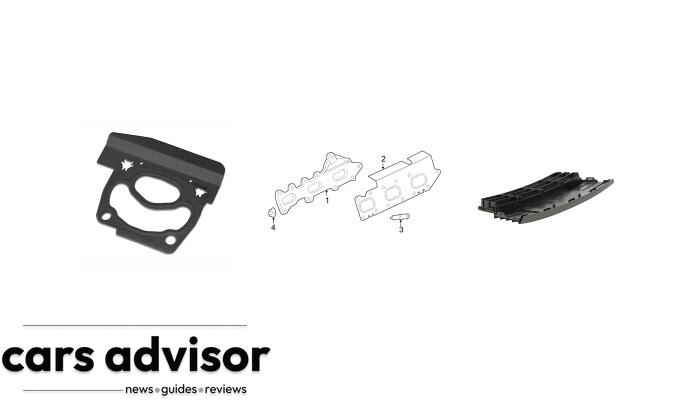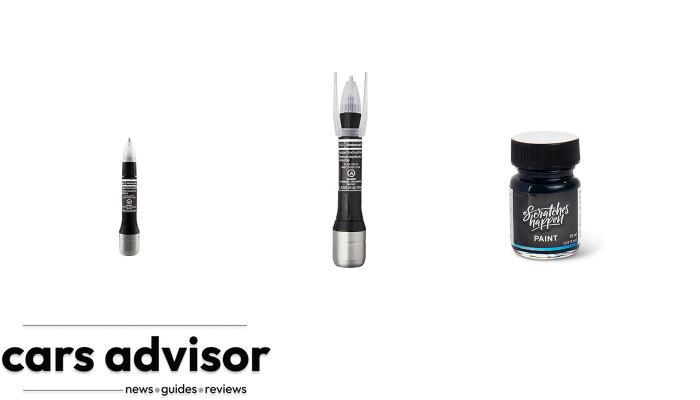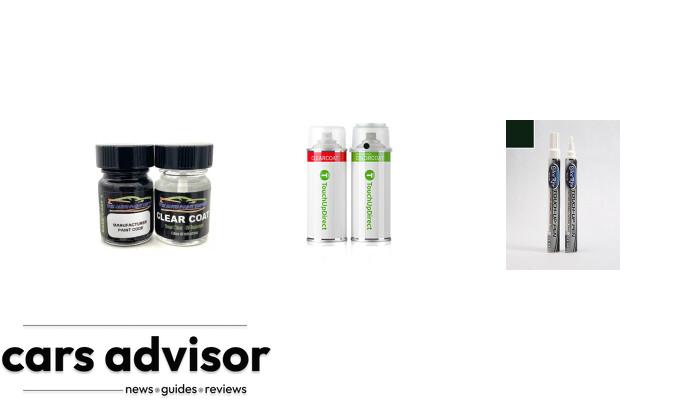When it comes to spark plug maintenance, there’s one question that often sparks a heated debate among automotive enthusiasts: should you use anti-seize or not? While some argue that this handy lubricant offers numerous benefits in terms of corrosion prevention and improved installation, others claim it can cause more harm than good.
TLDR
- Anti-seize can alter the tightening torque of spark plugs, increasing the risk of breakage if not used correctly.
- The use of anti-seize on spark plugs can also create heat transfer and electrical conductivity concerns.
- Even a small amount of anti-seize can have an impact, similar to using a hotter heat range spark plug.
- The use of anti-seize on spark plugs can vary depending on the type of spark plug being used.
- Iridium spark plugs may not necessarily require anti-seize, but they can still be used as a preventative measure.
- Anti-seize is not recommended for use on NGK spark plugs.
- Anti-seize may be necessary when installing spark plugs in aluminum heads.
- Some spark plug manufacturers, such as Motorcraft and Champion, do not require the use of anti-seize.
- Proper application and use of anti-seize is critical in avoiding potential negative consequences.
Understanding Anti-Seize For Spark Plugs
Anti-seize is a lubricant used to prevent corrosion and seizing of threaded fasteners, including spark plugs, and to ease their installation and removal.
Definition And Function Of Anti-Seize
Anti-seize is a specially formulated lubricant designed to prevent the corrosion and seizing of threaded fasteners, such as spark plugs. This lubricant consists of a grease base combined with solid lubricants like graphite, which work together to reduce friction between metal-to-metal contact points. The primary function of anti-seize is to protect against rust, oxidation, and galling while also ensuring smooth installation and removal processes for spark plugs.
One common application of anti-seize in the automotive industry involves protecting against thread damage during spark plug installation or replacement. For example, when installing spark plugs in aluminum heads – where threads can be more prone to damage due to differences in metals – using an appropriate amount of anti-seize can help mitigate the risk of cross-threading or difficulty during future removals.
However, it’s important to note that improper use or excessive amounts may lead to other issues on your engine.
Overall, understanding the definition and purpose behind anti-seize usage plays a crucial role in making informed decisions about its necessity in specific situations involving threaded fasteners like spark plugs.
Benefits And Risks Of Using Anti-Seize
Using anti-seize on spark plugs can provide numerous benefits, including preventing corrosion and seizing, easing installation and removal, and improving overall performance. Additionally, it can increase the lifespan of the spark plug by reducing friction and wear due to metal-to-metal contact.
However, there are also potential risks associated with using anti-seize on spark plugs. One risk is over-tightening the spark plug due to altered tightening torque values when using lubricants. This can lead to breakage or damage to both the threads in the cylinder head as well as the insulator of the spark plug itself.
Furthermore, improper application of anti-seize may interfere with electrical conductivity or cause misfires if used excessively or applied incorrectly. It’s important for installers to follow manufacturer recommendations and guidelines for each specific type of spark plug being used in order to avoid these negative consequences.
Pros And Cons Of Using Anti-Seize On Spark Plugs
Using anti-seize on spark plugs has its benefits and drawbacks, including preventing corrosion, easing installation and removal, improving performance, but also risking over-tightening and potential misfires or damage if applied improperly. Read on to find out more about the pros and cons of using anti-seize for your spark plugs.
Pros: Prevents Corrosion And Seizing, Eases Installation And Removal, Improves Performance
When used correctly, anti-seize can provide several benefits for spark plug maintenance. Some of the advantages of using anti-seize on spark plugs include:
- Prevents Corrosion and Seizing – Anti-seize can act as a rust inhibitor and help prevent corrosion, which can make it easier to remove the spark plug in the future. It also helps prevent the spark plug from seizing or getting stuck in the cylinder head.
- Eases Installation and Removal – Anti-seize can lubricate the threads of a spark plug, making it easier to install and remove without damaging the threads or breaking off the spark plug.
- Improves Performance – By reducing friction between threaded fasteners, anti-seize can improve mechanical integrity, maintain torque specifications over time, and promote consistent performance. Additionally, by improving heat transfer properties and maintaining electrical conductivity, anti-seize may help optimize engine performance.
Overall, using anti-seize on spark plugs offers some compelling benefits if applied correctly under specific circumstances where it is recommended by manufacturers.
Cons: Can Cause Over-Tightening, May Interfere With Conductivity, Can Cause Misfires Or Damage If Applied Improperly
Using anti-seize on spark plugs can have its drawbacks, including:
- Over-tightening: Anti-seize can reduce the friction between the threads, making it easier to overtighten the spark plug. This can lead to breakage or damage to the threads in the cylinder head.
- Interference with conductivity: Anti-seize is a lubricant and may interfere with electrical conductivity between the spark plug and ignition system. This can cause misfires or other issues with engine performance.
- Improper application: If applied improperly, anti-seize can get inside the combustion chamber and cause damage to engine components. It’s important to follow manufacturer recommendations and guidelines for use.
It’s important to weigh these potential risks against the benefits of using anti-seize before deciding whether or not to use it on your spark plugs. Proper application and use is critical for avoiding potential negative consequences.
When To Use Anti-Seize On Spark Plugs
It is important to follow the specific recommendations and guidelines of the spark plug manufacturer when determining if anti-seize should be used, as certain situations or types of spark plugs may require it for optimal performance and prevention of corrosion.
Specific Situations And Types Of Spark Plugs That Require Anti-Seize
In certain situations and with specific types of spark plugs, the use of anti-seize is recommended or even necessary for optimal performance and prevention of damage. Here are some examples:
- Installing spark plugs in aluminum heads can benefit from the use of anti-seize to prevent corrosion and seizing.
- NGK spark plugs should not be used with anti-seize, as they can interfere with the conductivity of the spark plug.
- Iridium spark plugs may not require anti-seize lubricant, but they can still be used as a preventive measure due to their high cost and potential for breakage during installation.
- Steel spark plug threads coated with black oxide can benefit from using a solid lubricant such as graphite to reduce friction during installation.
- Champion and Motorcraft spark plugs do not require the use of anti-seize according to their manufacturer guidelines.
Overall, it’s important to follow manufacturer recommendations and guidelines when considering the use of anti-seize on specific types of spark plugs in certain situations.
Following Manufacturer Recommendations And Guidelines
It is important to note that different spark plug manufacturers may have varying recommendations when it comes to the use of anti-seize. Some, like NGK, do not recommend using anti-seize on their spark plugs at all. On the other hand, some manufacturers like AC Delco and Champion provide specific instructions for applying anti-seize during installation. It is crucial to follow these manufacturer guidelines and recommendations closely in order to ensure proper performance and avoid any potential damage.
In addition to following manufacturer recommendations, it’s also important to consider the type of spark plugs being used. For example, iridium spark plugs may not necessarily require anti-seize but could still benefit from its use as a preventative measure against corrosion or seizing. Similarly, if installing spark plugs in aluminum heads where galvanic reactions are more likely to occur due to dissimilar metals being in contact with each other, using anti-seize can be a wise choice.
Ultimately, while there are pros and cons associated with using anti-seize on spark plugs, following manufacturer guidelines and considering individual circumstances can help identify whether or not its use is necessary for optimal performance and prevention of any unnecessary damage or breakage during installation.
The Great Debate: To Anti-Seize Or Not To Anti-Seize?
Is using anti-seize on spark plugs really necessary? The verdict is still out among mechanics and enthusiasts. Discover the arguments for and against the use of anti-seize, as well as expert opinions on this hotly debated topic. Read on to learn more!
Arguments For And Against The Use Of Anti-Seize On Spark Plugs
There are valid arguments for both the use and non-use of anti-seize on spark plugs. Those in favor of using anti-seize believe that it can prevent corrosion and seizing, ease installation and removal, and even improve performance. They argue that it is a preventative measure to protect against potential issues.
On the other hand, opponents argue that anti-seize can cause over-tightening, interfere with conductivity, and even cause misfires or damage if applied improperly. They also point out that some spark plug manufacturers do not require its use at all. Ultimately, the decision whether to use anti-seize comes down to personal preference and specific circumstances.
It is important to note that proper application and use of anti-seize is crucial to avoid negative consequences. Following manufacturer recommendations and guidelines is key in making an informed decision about whether or not to use anti-seize on your spark plugs.
Expert Opinions On Anti-Seize And Spark Plugs
Experts in the automotive industry have varying opinions on the use of anti-seize for spark plugs. Some argue that it provides a useful protective layer against corrosion and seizing, while others caution against its potential negative effects. NGK, one of the leading manufacturers of spark plugs, advises against using anti-seize on their products as it can interfere with conductivity and cause misfires or damage if improperly applied. On the other hand, some installers swear by using anti-seize to ease installation and removal and improve overall performance.
It is important to note that proper application is key when it comes to using anti-seize on spark plugs. Overuse or applying it incorrectly can lead to over-tightening and breakage, which could ultimately be more damaging than not using any lubricant at all. Furthermore, not all types of spark plugs require anti-seize – iridium or platinum plugs typically do not need it due to their composition. Ultimately, following manufacturer recommendations and guidelines is crucial in making an informed decision about whether or not to use anti-seize on your spark plugs.
Expert opinions are divided when it comes to using anti-seize for spark plug maintenance. While some argue for its benefits in preventing corrosion and easing installation/removal process, others caution against potential risks such as decreased electrical conductivity and over-tightening leading to breakage.
Conclusion
In conclusion, whether or not to use anti-seize on spark plugs remains a hotly debated topic among automotive enthusiasts and mechanics alike. While it can offer benefits such as corrosion prevention and improved performance, the potential risks must also be taken into account.
It’s important to follow manufacturer guidelines and recommendations when considering using anti-seize, as well as ensuring proper application to avoid over-tightening or interference with conductivity. Ultimately, making an informed decision based on the specific situation and type of spark plug being used is key in maintaining engine performance and avoiding potential damage.






















